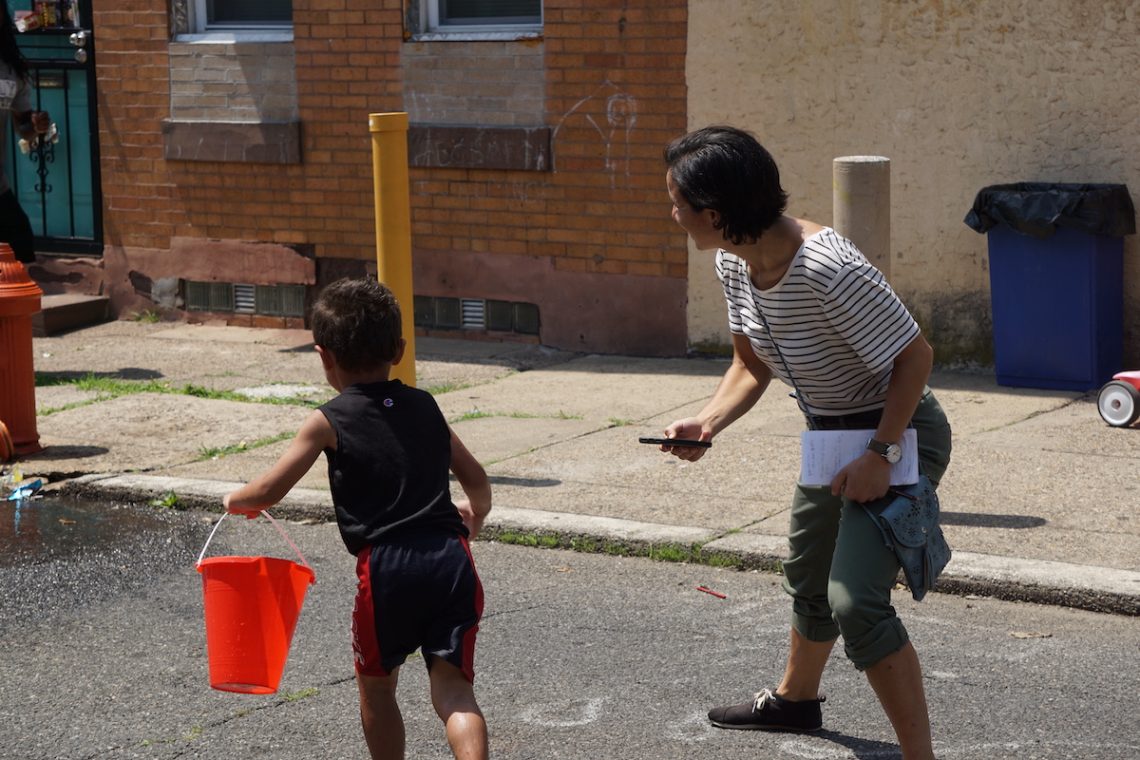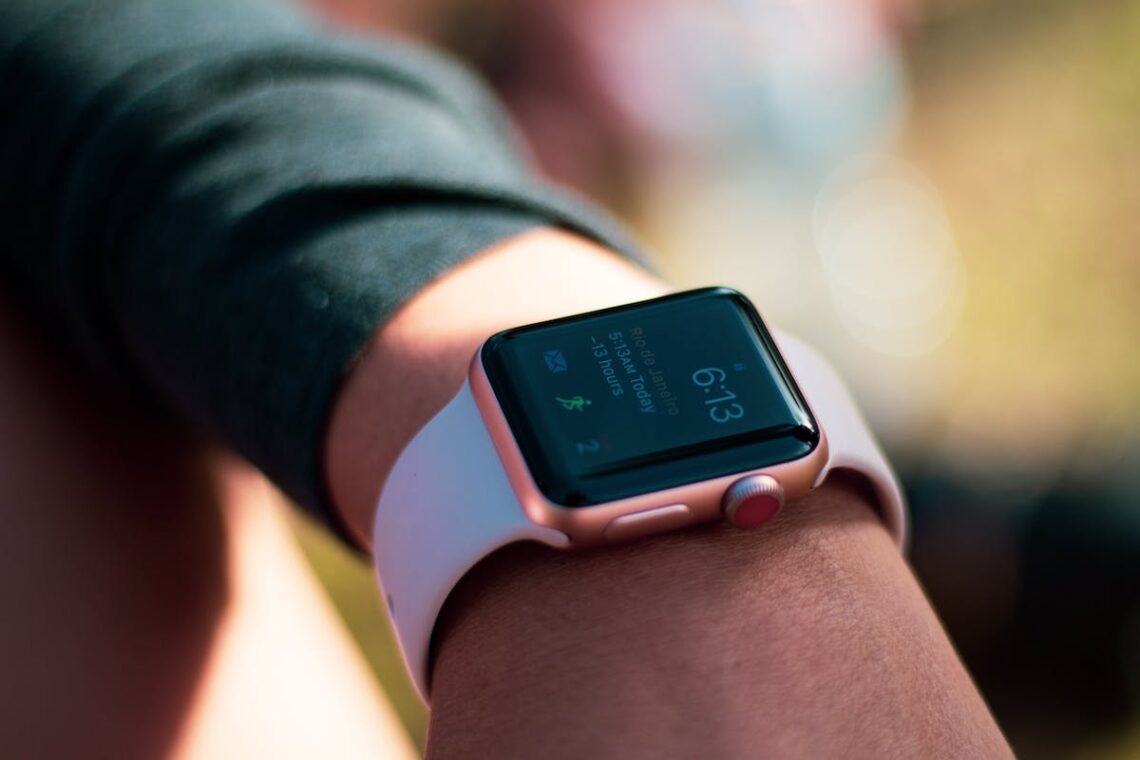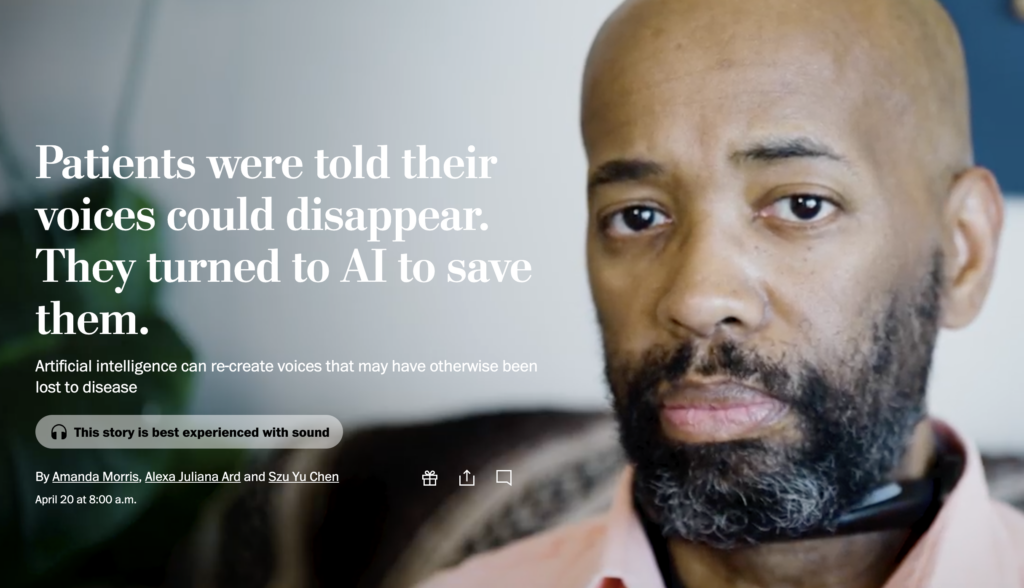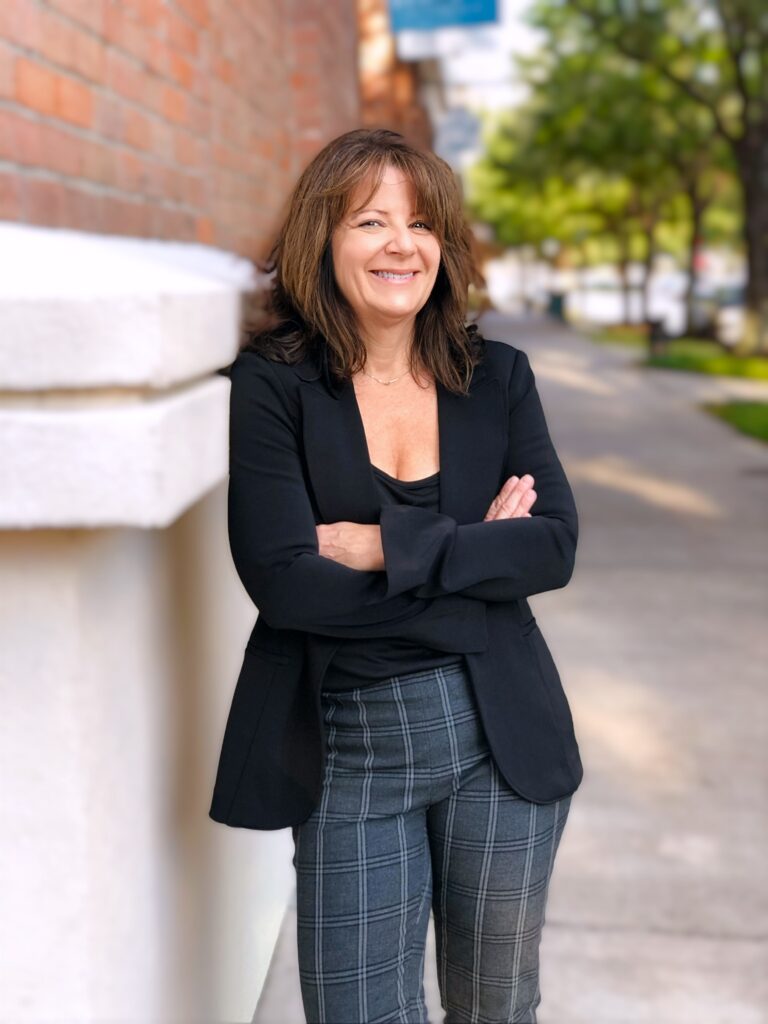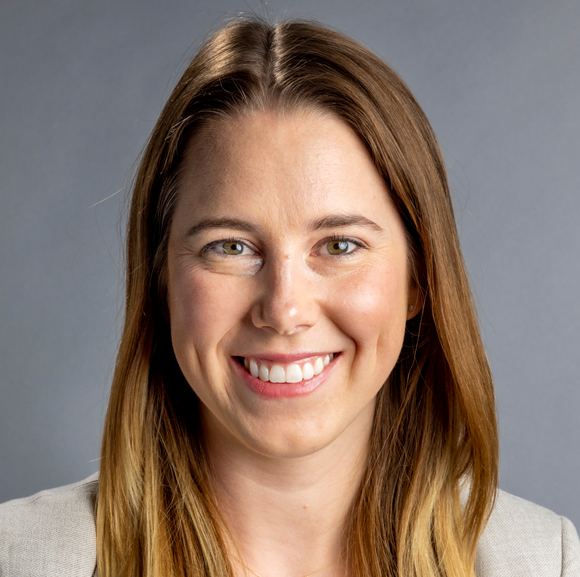Tag
How I Did It
-
How I did it: Building trust on the gun violence prevention beat in Philadelphia
Philadelphia journalist Sammy Caiola shares how she worked with the community to find sources for stories about gun violence prevention.

-
How one reporter covered the benefits of wearable tech for people with Parkinson’s disease
STAT journalist Mario Aguilar speaks about his process and offers advice to reporters covering health technology.

-
Reuters reporter investigates how Medicare fraud settlements fail to shield patients from dangerous clinicians
Reuters reporter Michael Berens explains how he researched his news story, “How doctors buy their way out of trouble.”

-
ALS patients are using AI to preserve their natural voices. Here’s how one reporter covered it
Washington Post disabilities reporter Amanda Morris shares how she reported on artificial intelligence programs allowing people who have ALS to…

-
Investigative journalist wins Pulitzer for Mississippi series on Medicaid fraud
Anna Wolfe’s multi-year-investigation into misspent Medicaid funds resulted in Wolfe winning the Pulitzer Prize in the local news category for…
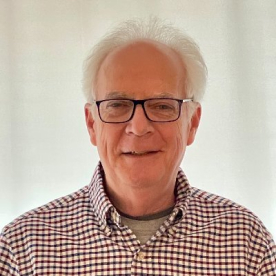
-
Florida reporter tackles state surgeon general’s COVID-19 vaccine misinformation
In October 2022, Tampa Bay Times health care reporter Chris O’Donnell covered the controversial decision by Florida’s surgeon general, Joseph…

-
How journalists found that some telehealth startups share patient information with social media trackers
In September 2022, I wrote about how journalists with The Markup found that many hospital websites were sharing patients’ medical…

-
Lessons learned from reporting on sex trafficking survivor stories
When reporter Sandy West took on an assignment to cover a Texas program that offers comprehensive mental and physical health services…
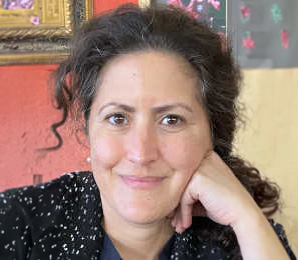
-
How to use health equity data to cover access to COVID‑19 rapid tests
When the Biden Administration rolled out two COVID-19 rapid tests programs in mid-January, Kaiser Health News reporters Victoria Knight and…

-
Award-winning journalist explains how to build meaningful connections with sources
Emily Woodruff, a health care reporter for the New Orleans Times-Picayune/New Orleans Advocate, was recognized as one of the winners…

